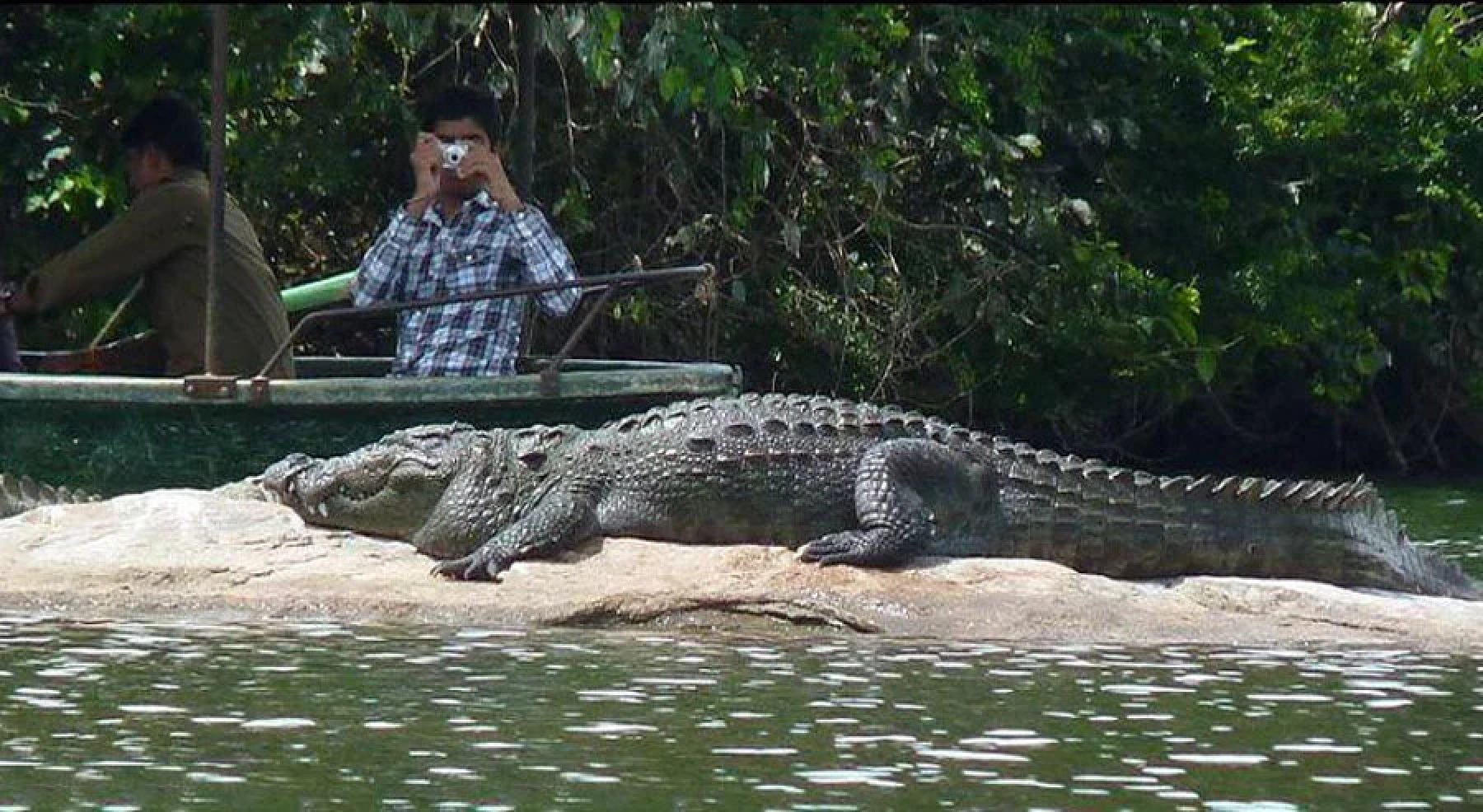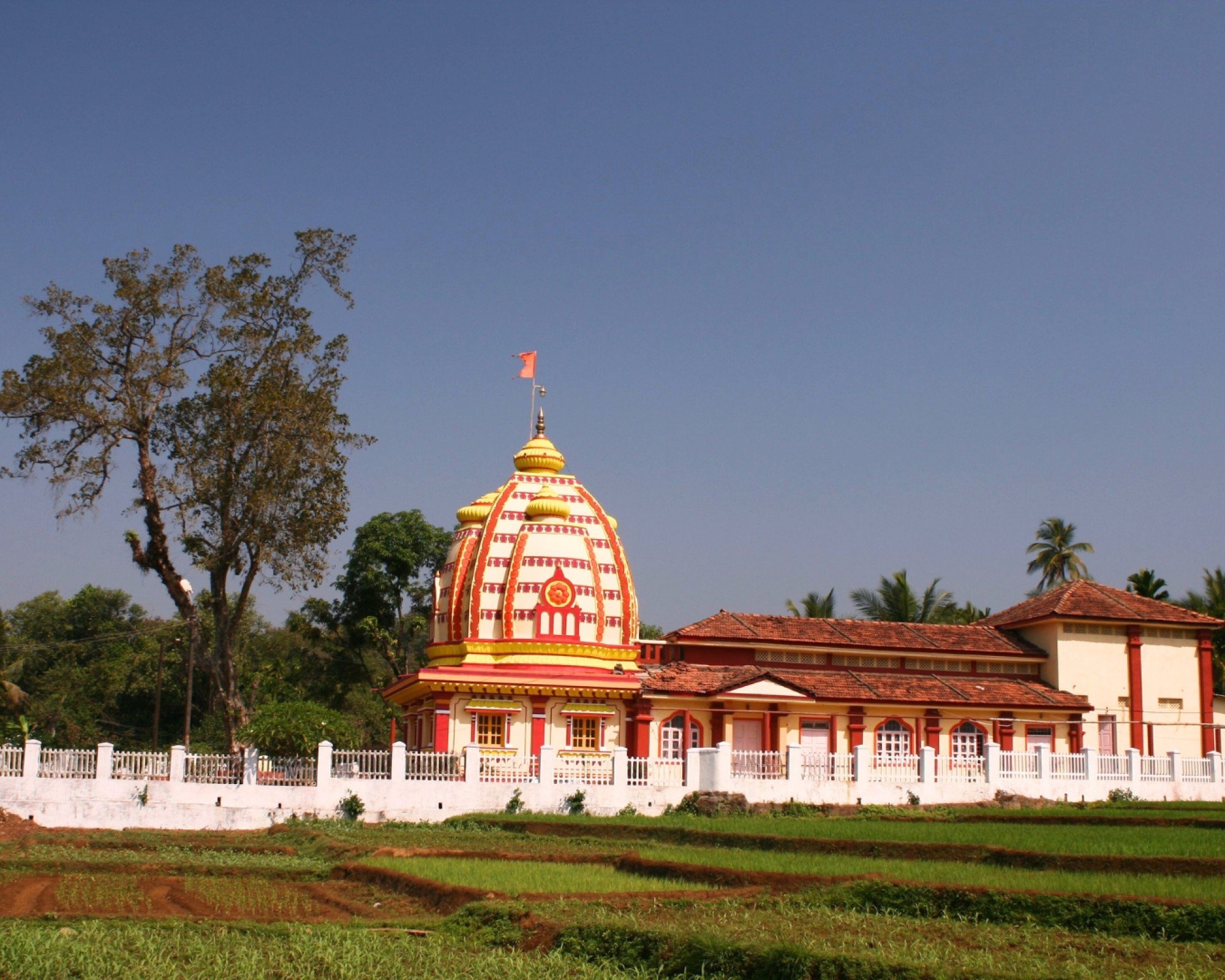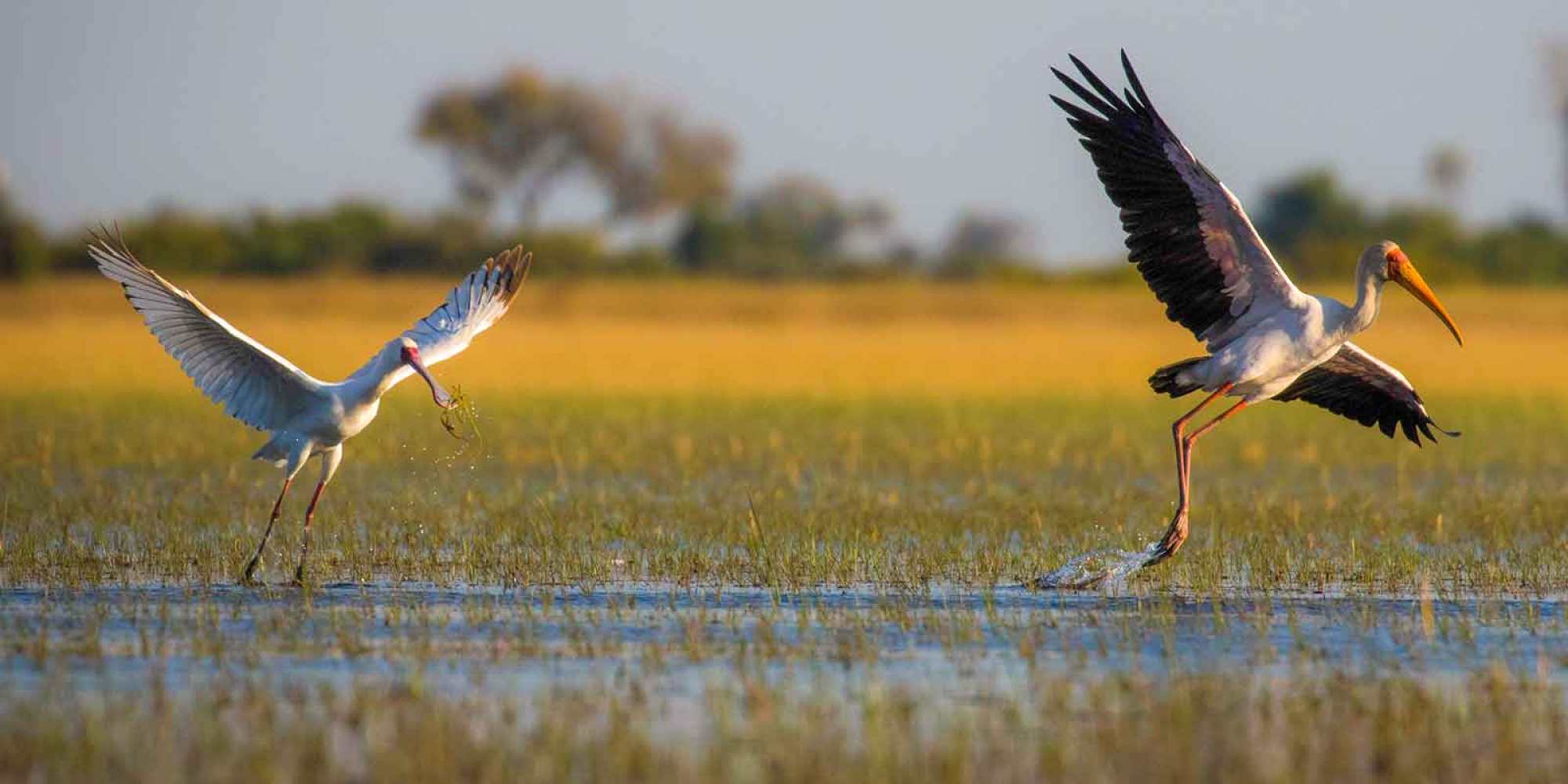
India’s Goa state earmarks green attractions and festivals to boost tourist arrivals
- Goa has launched its ‘regenerative tourism’ campaign to attract eco-tourists to its less-explored hinterlands
- Green campaigners call for stronger environmental protection and safeguarding of communities even as the state aims to draw more tourists
Along the banks of the Zuari River in the Indian state of Goa, villagers gather to collect mud and make a crocodile sculpture in reverence of the animal deity for protecting their lands from saline water seepage.
Local authorities have launched the “regenerative tourism” initiative to showcase Goa’s less explored hinterlands and attract emerging visitor segments such as eco-tourists.
“Goa has been known for its sun and seas. People come here for the coast. We need to ensure that things start changing,” Goa tourism minister Rohan Khaunte told This Week in Asia.

“The key idea behind the initiative is to take care of not just the environment but also the ethos, culture, and tradition of Goa. We want to energise the entire tourism ecosystem not with a commercial thought but with a human touch,” he added.
Khaunte was speaking on the sidelines of a two-day industry event held in the state capital Panaji on April 3 and 4 to highlight Goa’s tourism campaign.
Suneel Anchipaka, director of the government body Goa Tourism and Development Corporation, said Goa is on track to achieve its ecotourism objectives.
“Goa is an ideal ecotourism destination due to its diverse ecosystems, ranging from the vibrant forests of the Western Ghats to the peaceful backwaters and lush green mangrove vegetation along the riverbanks,” said Anchipaka, referring to the Unesco World Heritage Site that is considered one of the most important global biodiversity hotspots.

With a rich history dating back thousands of years, Goa’s multifaceted culture, architecture and cuisine have been shaped by a myriad of religious and political forces.
From the early 16th century, Goa was in the hands of the Portuguese colonists until 1961, when the Indian Army took over the territory.
The coastal state gradually transformed into a hot tourist destination between the 1960s and the 1980s, with the Vietnam War sparking a huge influx of Western tourists into Goa reminiscent of the “Flower Power” era in the US.
“A wave of anti-establishment sentiment, transcending materialistic pleasures, swept across the world, especially the West at that time,” said Ralph de Sousa, a tourism industry veteran in Goa.
“[Westerners] wanted to reconnect with nature and themselves. People sought better and calmer pastures, and word spread about the paradise that exists in Goa. These people, whom we call hippies and who called themselves flower children, began pouring into Goa,” he added.
Preserving India’s ancient Meghalaya caves amid climate change, mining threats
Over time, the state became a key node for adventurers embarking on an epic journey straddling continents with vehicles replacing animals as the mode of transport.
Some travellers eventually became traders at flea markets in Goa, selling their surplus items while immersing in the local cuisine and culture, he added.
In recent years, the scenic Goan coastline has become the setting for full-moon parties where participants gather to light candles and attend events involving musicians and authors from around the world.
‘A bit of an epidemic’: why are India’s monuments disappearing?
One novel attraction that is being promoted by the authorities is the Chikhal Kalo, a mud festival bearing some resemblance to Spain’s La Tomatina, where locals celebrate Lord Krishna’s childhood by smearing oil and revelling in mud play.
Tourism is a key industry in Goa, contributing over 16 per cent to the state’s economy and employing 35 per cent of the population.
A total of 9 million foreign tourists and millions of domestic tourists on average visit Goa every year. With the ongoing rebound in global travel, the state’s tourism industry is slowly recovering to pre-pandemic levels.
As part of its plans to boost its tourism infrastructure, Goa is increasing its air connectivity, renovating major religious sites and opening up more green spaces for travellers.

However, such plans have raised concerns about the potential adverse impact on the environment and local communities.
Parag Rangnekar, a wildlife enthusiast and a Goa tourism board member, said the authorities should embark on sustainable expansion and resource management to prevent ecological degradation and safeguard local communities. While tourism infrastructure is essential, there is a need to consider local issues such as water security, according to Rangnekar.
He said: “There are other concerns as well. Are we going to replicate coastal scenes such as parties and colourful nightlife in the hinterlands? Do we have mechanisms in place to control the inflow? We must ensure overuse or exploitation never occurs.”
Vasudevan Sridharan was in Goa at the invitation of Goa Tourism.

